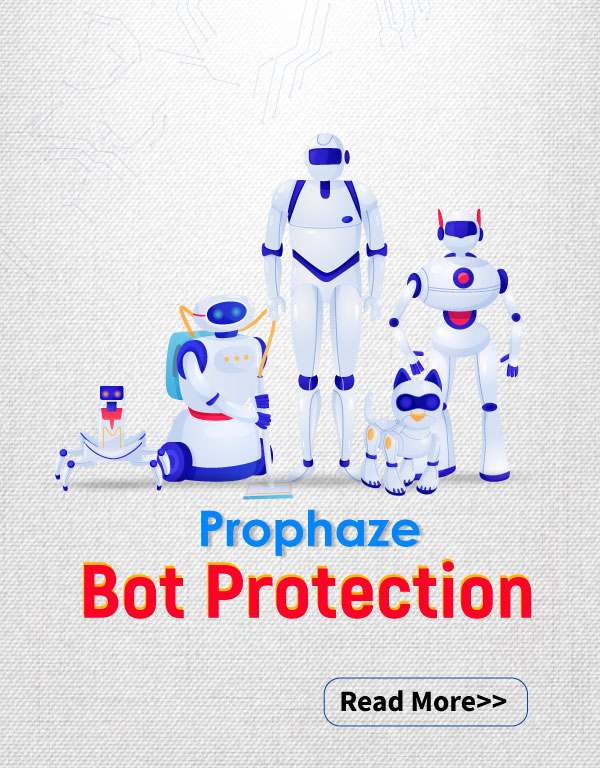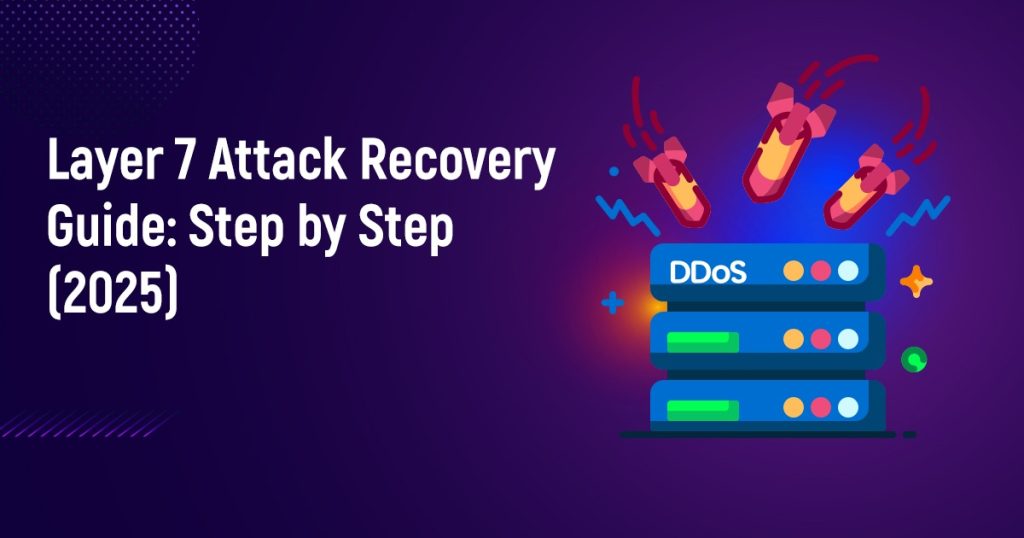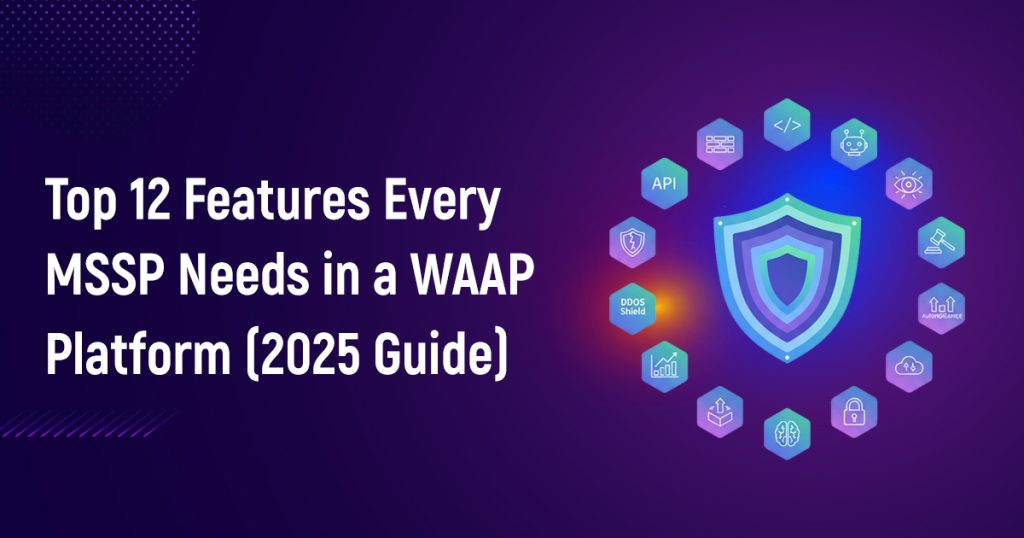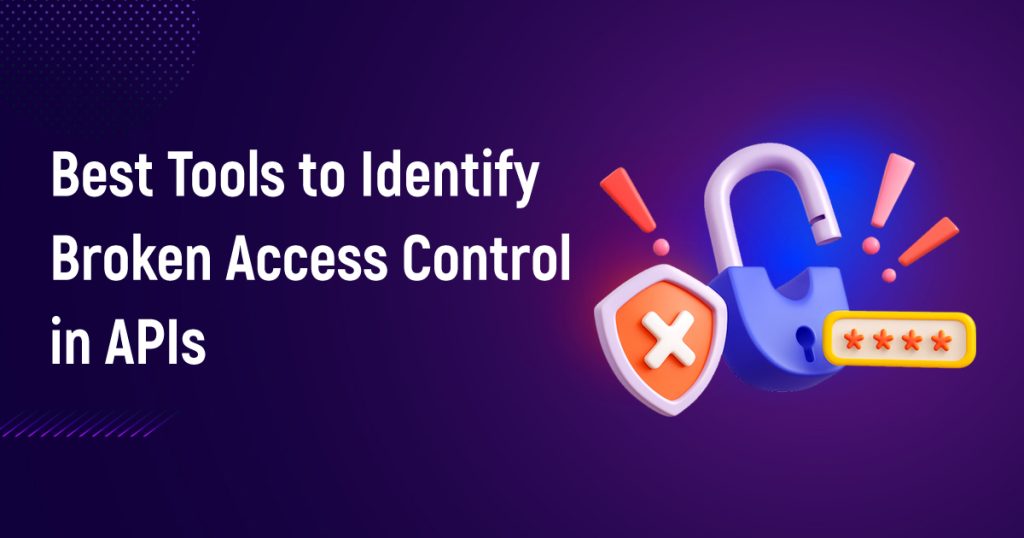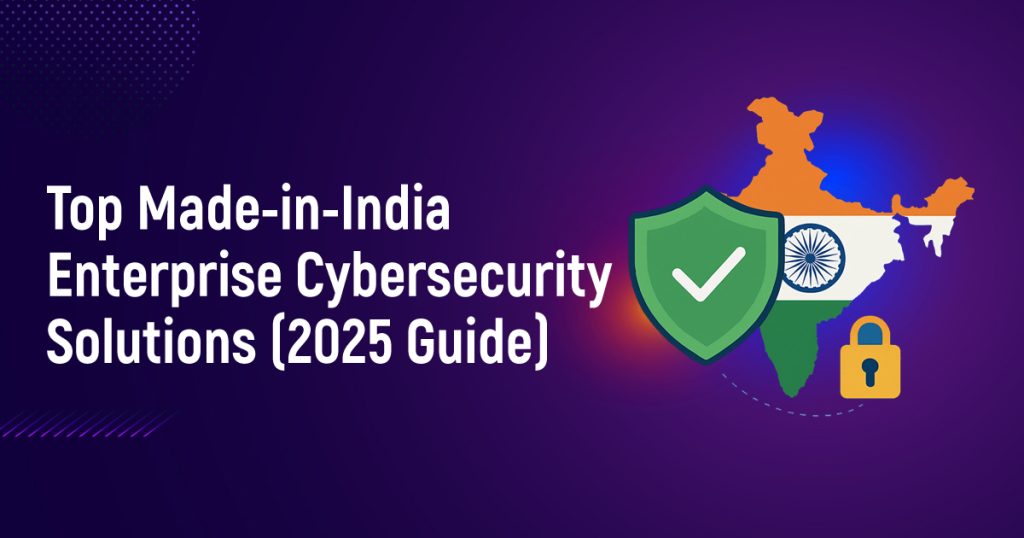What Is Rate Limiting in Bot Protection?
- 13.5k Views
- 6 min. read
Introduction
The rise of automated bots presents major challenges for online services. These bots engage in harmful activities, including credential stuffing, data scraping, and Distributed Denial of Service (DDoS) attacks, which can compromise security and diminish user experiences. Rate limiting becomes an essential defense strategy by regulating the number of requests to a system and reducing the effects of these bot-driven threats. (What is credential stuffing? Find out how rate limiting helps prevent it.)
Understanding Rate Limiting
Rate limiting is a method used to control the number of requests that a user or system can send to a server during a designated time period. By establishing limits on request rates, it promotes equitable usage, protects system resources, and assures peak performance. If a user surpasses the set limit, further requests might be delayed, throttled, or blocked based on the specific implementation.
If you are wondering, how do bots work?, Grasping request behavior is crucial for effectively identifying and managing it using rate limits.
Role of Rate Limiting in Bot Protection
Bots, particularly malicious ones, can overwhelm systems with a surge of requests in a brief timeframe. Rate limiting acts as a barrier against this behavior, preventing any individual user or bot from dominating system resources. By implementing request limits, it becomes difficult for bots to carry out extensive attacks or data scraping activities without being identified and stopped.
Interested in finding out more? Do you want to know about the different types of bots? Grasping bot behavior aids in improving rate limiting strategies.
Types of Attacks Mitigated by Rate Limiting
1. Brute Force Attacks
These attacks involve bots trying many password combinations to illegally access accounts. Rate limiting limits the number of login attempts, thereby decreasing the chances of successful breaches. This is closely related to account takeover (ATO) fraud, where attackers access user accounts—an activity that rate limiting effectively helps thwart.
2. DDoS Attacks
Distributed Denial of Service attacks inundate servers with overwhelming traffic to disrupt services. By implementing rate limits, abnormal traffic patterns can be identified and blocked, ensuring service availability.
Do you want to know? How a WAF protects against bots during such events. A Web Application Firewall can enhance rate limiting by offering an additional layer of defense.
3. Web Scraping
Bots gather data from websites, frequently breaching terms of service. Rate limiting identifies and restricts these actions, safeguarding proprietary content and user information.
To go deeper, what is bot fingerprinting? This method identifies scraping bots through their device and behavior signatures.
4. API Abuse
Unrestricted API access can result in misuse, which diminishes service quality. Implementing API rate limits allows services to provide fair access and guard against exploitation. In this context, bot management platforms are crucial for effectively monitoring and enforcing these limits.
Rate Limiting Techniques and Algorithms
Different algorithms enable efficient rate limiting, each employing its own method:
1. Token Bucket Algorithm
Enables a spike in traffic up to a specified limit, with tokens replenished at a steady rate. It is adaptable and suits changing traffic patterns. This approach is particularly useful for countering bot-driven fraud that manifests in unexpected traffic surges.
2. Leaky Bucket Algorithm
Handles requests consistently, queuing any that exceed capacity. This maintains a smooth flow, avoiding abrupt traffic surges.
3. Fixed Window Counter
Counts requests within predetermined time periods. Once the limit is hit, additional requests are blocked until the next period begins.
4. Sliding Log Window
Keeps a record of request timestamps, providing exact control at the cost of increased memory usage.
5. Sliding Window Counter
Merges the efficiency of fixed windows with the precision of sliding logs, balancing effectiveness and accuracy.
To gain a clearer understanding of the implications, think about asking how bad bots attack websites. These algorithms play a crucial role in detecting this behavior.
Rate Limiting in API Security
APIs serve as entry points to services and data, positioning them as prime targets for bots. By implementing rate limits on APIs, we ensure:
-
Fair Usage: Every user enjoys equal access, ensuring no single entity dominates resources.
-
Cost Management: Helps avoid excessive usage that might result in higher operational costs.
-
Enhanced Security: Reduces the risks of data breaches and service disruptions caused by malicious bots.
In this context, machine learning can enhance rate limiting. How does machine learning stop bot attacks? It is capable of recognizing patterns and adapting thresholds instantaneously.
Challenges In Rate Limiting
Although rate limiting is useful, it has its challenges:
-
Identifying Legitimate Users: To prevent legitimate users from being mistakenly restricted, advanced detection methods are essential.
For instance, how does AI detect bad bots? AI can more accurately analyze behavior patterns to differentiate between human and bot traffic.
-
Adaptive Bots: Sophisticated bots can replicate human actions or spread requests over various IP addresses, requiring adaptable rate limiting tactics.
Security teams must detect malicious bots promptly to prevent them from bypassing controls.
-
User Experience: Excessively rigid restrictions can annoy users. It's essential to strike a balance between security and usability.
Strategies for Effective Rate Limiting
Here are some effective strategies to consider:
-
Granular Controls: Set rate limits according to user roles, endpoints, and request types.
-
Monitoring and Analytics: Regularly analyze traffic patterns to proactively modify limits.
-
Integration with Other Security Measures: Merge rate limiting with CAPTCHA, user authentication, and behavioral analysis for comprehensive protection.
-
Feedback Mechanisms: Notify users when they exceed rate limits, offering advice on how to retry or upgrade their access.
This tiered strategy simplifies educating teams on what is the difference between good bots and bad bots—and how to approach them in diverse ways.
Importance of Rate Limiting in Bot Protection
Rate limiting is a crucial tool in the fight against malicious bots. It regulates the number of requests to protect systems from misuse, promote fair resource allocation, and keep performance at its best. Although it is not a complete solution on its own, when combined with thorough security measures, rate limiting greatly improves an organization’s protection against the constantly changing landscape of bots.
What is a bot? Familiarizing yourself with the fundamentals is essential for establishing a robust defense and determining which beneficial bots should have unrestricted access.
Prophaze's Role in Enhancing Bot Protection
Prophaze offers advanced bot protection solutions that combine rate limiting, bot fingerprinting, and AI-powered detection to safeguard websites from automated threats. Our technology reduces risks from credential stuffing, account takeover fraud, and other bot-driven attacks, delivering a comprehensive strategy to protect your digital assets.
Recent Blog Post
Layer 7 Attack Recovery Guide: Step by Step (2025)
September 23, 2025
Top 12 Features Every MSSP Needs in a WAAP Platform (2025 Guide)
September 10, 2025
Top 8 Cybersecurity Challenges Indian Enterprises Face in 2025
September 10, 2025
Best Tools to Identify Broken Access Control in APIs
August 25, 2025

